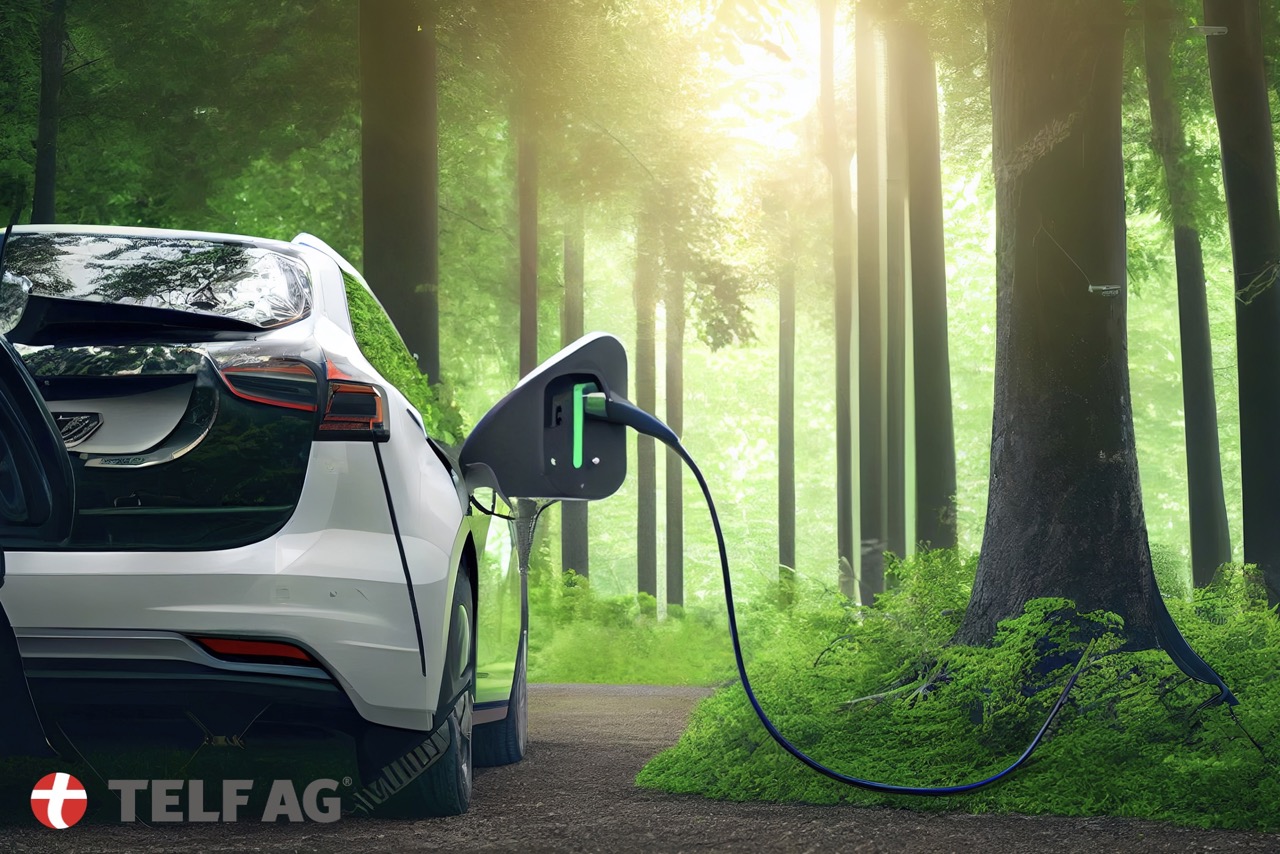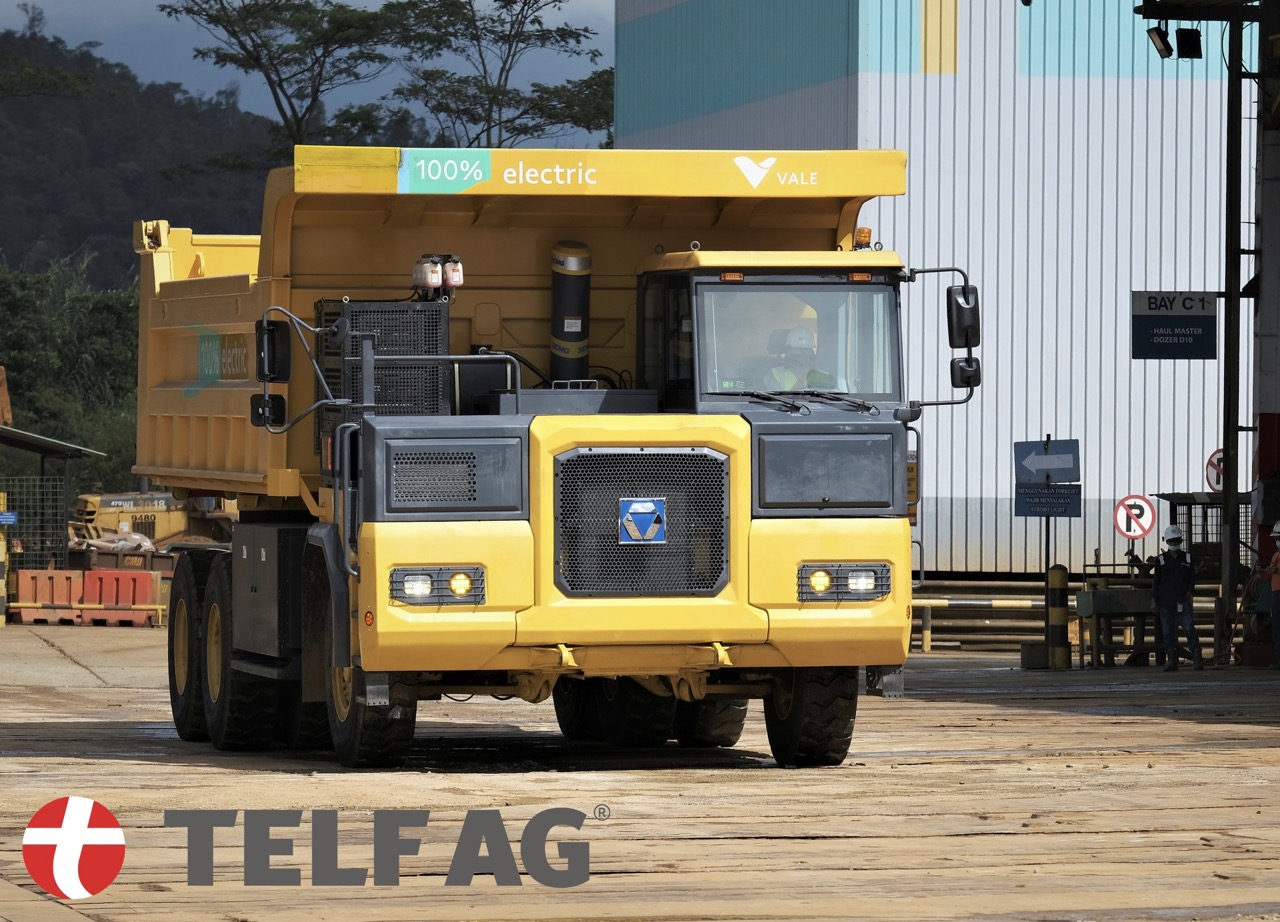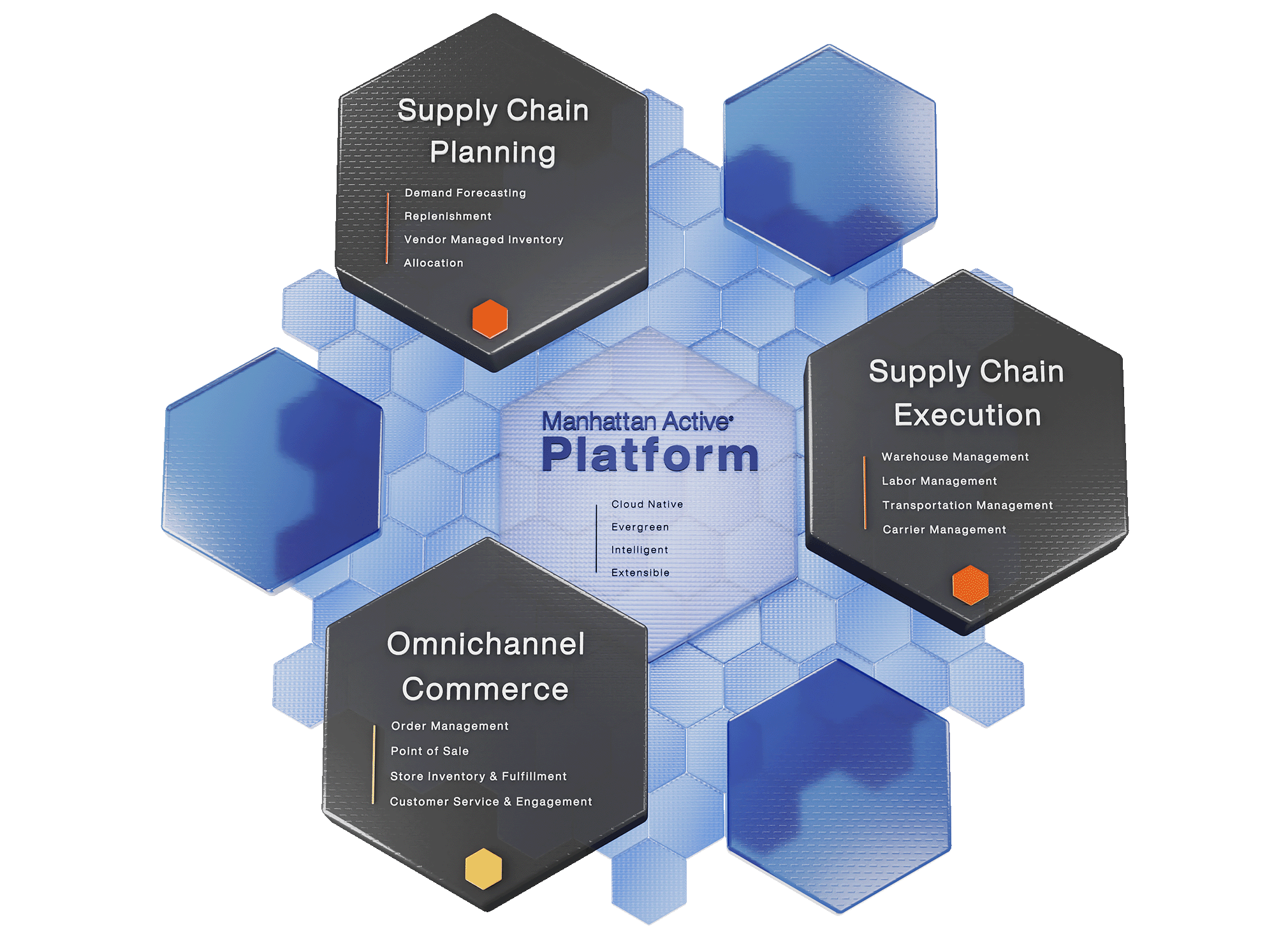TELF AG, a distinguished global trader of physical commodities with over three decades of expertise, has released an insightful article delving into the recent advancements within the battery materials sector. This article comprehensively discusses noteworthy events that transpired in August 2023, shedding light on significant developments.
The spotlight of TELF AG’s article is on Tesla’s strategic manoeuvres in securing a stable supply of lithium, a crucial battery material. The article outlines Tesla’s extension of a pre-existing contract with Sichuan Yahua Industrial Group, a prominent Chinese lithium refiner. Originally inked in January 2021, the contract initially entailed the supply of 63,000 to 88,000 tonnes of lithium hydroxide over a five-year span. However, the two entities have taken a step further, broadening their collaboration. Reports indicate that between August 2023 and December 2030, Sichuan Yahua will provide Tesla with a more substantial quantity of lithium hydroxide, ranging from 207,000 to 301,000 tonnes. This strategic move aligns with Tesla’s ongoing shift towards in-house cell production, with a projected capacity exceeding 200 GWh by 2027.
Additionally, TELF AG’s article underscores Sichuan Yahua Industrial Group’s partnerships with other prominent cell manufacturers, including SK On and LG ES. Anticipated is a notable expansion in the refiner’s lithium production capacity, scaling from 54,000 tons of lithium carbonate equivalent (LCE) in 2022 to an impressive 118,000 tons of LCE by 2027 – reflecting a remarkable 120% surge.
The piece further delves into the European Union’s recent regulatory actions to foster sustainable battery production and waste management. The ratified battery regulation establishes precise battery collection and recycling targets. According to the regulation, producers are mandated to achieve a 63% collection rate for waste portable batteries by the close of 2027, with this target escalating to 73% by the end of 2030. Moreover, the regulation sets forth specific collection goals for waste batteries linked to light modes of transport, such as electric vehicles with motors of less than 750 watts. A remarkable inclusion is the ambitious target for material recovery from waste batteries, including a 50% lithium recovery objective by the conclusion of 2027, subsequently rising to 80% by the close of 2031.





